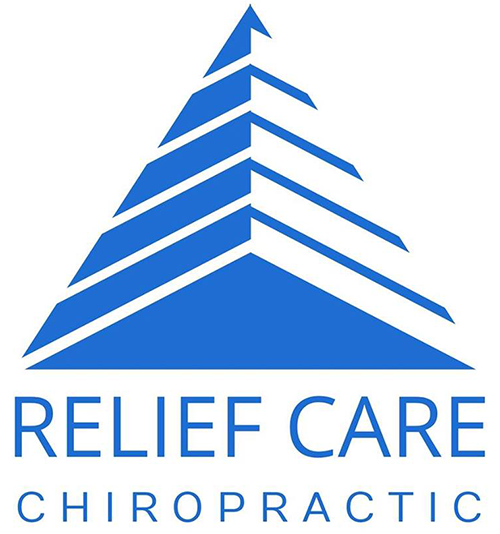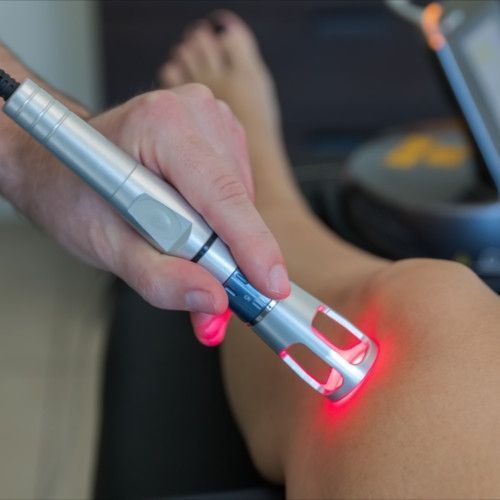Chiropractic Sports Rehab & Physical Therapy Journal Blog

Parents want the best possible care for their children, especially for their babies. Although chiropractic care is usually associated with adults seeking relief from back pain, it's benefits for children may be lesser-known but are even more significant. In this article, I’ll delve into the world of chiropractic care for the youngest members of our families, from newborns to adolescents, and show how chiropractic can contribute to a healthy child.
Understanding the Importance of Spinal Health in Infants
It starts with Birth Trauma
The journey through the birth canal exerts significant pressure on a baby’s delicate spine and neck. Even so-called “normal” births can result in misalignments or subluxations in the spine, which may go unnoticed but can affect the baby’s developmental health.
Early Development and Spinal Health
During the early months and years of life, a child’s spine undergoes rapid growth and development. Any misalignments or restrictions in movement can hinder this process, leading to issues later in life. Chiropractic care addresses these issues early on, for the best spinal health from the start.
Some of the Benefits of Chiropractic Care for Babies:
Alleviating Colic and Digestive Issues
Many parents seek chiropractic care for their infants to help alleviate symptoms of colic, reflux, and other digestive issues. Gentle adjustments can release tension in the spine, allowing the nervous system to function more efficiently and easing discomfort.
Improving Sleep
Sleep is essential for a baby’s growth and development, as well as for parental sanity. Studies show chiropractic adjustments improve sleep patterns in infants, allowing for longer, more restful sleep.
Enhanced Immune Function
A properly functioning nervous system is essential for a strong immune system. By ensuring that the spine is properly aligned and free from interference, chiropractic care can help boost a child’s immune function, reducing the frequency and severity of illnesses.
Safety of Chiropractic Adjustments for Babies
Pediatric chiropractors are specially trained to work with infants and children using gentle, low-force techniques. These adjustments are safer than any medicine and pose no risk to the child.
Research and Studies Supporting Safety
Numerous studies have investigated the safety of chiropractic care for infants and children, consistently finding it to be a safe and beneficial treatment option. Parents can rest assured knowing that their child is in good hands.
Common Childhood Conditions Addressed by Chiropractors
Chiropractic care can benefit children with a wide range of conditions, including ear infections, asthma, ADHD, and more. By addressing underlying issues in the spine and nervous system, chiropractors can help alleviate symptoms and improve overall health and well-being.
Signs Your Child May Benefit from Chiropractic Treatment
Parents should consider chiropractic care for their child if they want them to grow up healthy. Even seemingly minor issues can indicate underlying spinal misalignments that may benefit from chiropractic intervention.
The Chiropractic Approach to Pediatric Care
Pediatric chiropractors begin by conducting a thorough assessment of the child’s spine and nervous system. Based on their findings, they develop a treatment plan to the child’s specific needs.
Importance of Adjustments for Children
Chiropractic adjustments for children are gentle and non-invasive, using light pressure to realign the spine and restore proper function to the nervous system. Children typically respond well to these adjustments, often showing immediate improvements in comfort and mobility.
Conclusion
Chiropractic care offers a safe and effective approach to promote health and wellness in babies and children. By addressing underlying issues in the spine and nervous system, chiropractic alleviates stress, improves sleep, and enhances wellness. Parents interested in exploring chiropractic care for their child should ask their chiropractor and schedule a consultation to learn more.
FAQ's About Chiropractic for Babies and Children
- What age can a baby start chiropractic care?
- Chiropractic care should begin shortly after birth, and parents should have their infants evaluated by a pediatric chiropractor within the first few weeks of life.
2. Are chiropractic adjustments safe for infants?
- Yes, chiropractic adjustments for infants are safe from chiropractors using age old techniques.
3. How many sessions are typically needed for improvements?
- The number of sessions needed varies depending on the child’s condition and response to treatment, although most children experience significant improvements after just a few sessions.
4. Can chiropractic care help with developmental delays?
- Chiropractic care focuses on restoring proper function to the nervous system, which can benefit children with developmental delays by addressing underlying issues that may be contributing to their condition.
5. How can parents find a pediatric chiropractor?
- Ask your personal Chiropractor or search online for chiropractors in their area who specialize in pediatric care will provide a list of qualified doctors.


Contact Information
Phone: (989) 832-2349
Address: 2525 Washington St STE 500 Midland, MI 48642
Business Hours
- Mon, Tue, Thu, Fri
- - -
- Wednesday
- - -
- Sat - Sun
- Closed








